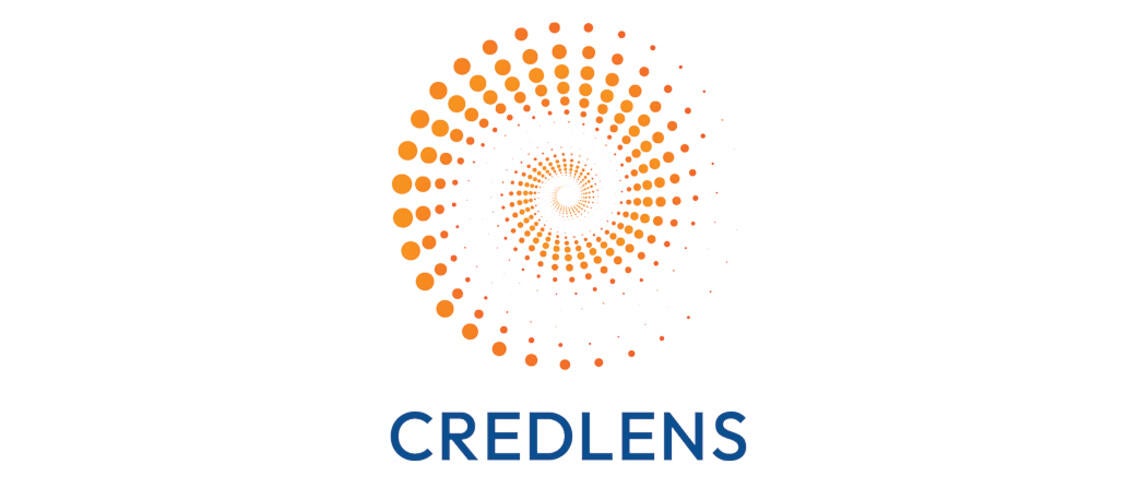
2020 Legislative Priorities
Key Fiscal Issues
ENSURE SUFFICIENT, FLEXIBLE WORKFORCE DEVELOPMENT FUNDING
Provide the authorized funding levels for all core workforce and training programs under the Workforce Innovation and Opportunity Act (WIOA), and maintain funding levels for the Bureau of Labor Statistics and Wagner-Peyser Act.
Now is the time to invest, not divest, in the solutions workers and employers need to prepare for the work and skills of the future. Successful workforce system results are at risk due to continued reduced funding of workforce and labor market information grants. Additional investments will help states and their local partners assist potential workers, jobseekers, and employers under the enhanced programmatic services and information mandated by WIOA.
- States are successfully implementing WIOA, with strengthened partnerships and strategic innovations, including demand-driven training, apprenticeships, and career pathway models. They are addressing skills gaps for employers and helping workers improve their labor market outcomes.
- Labor market information is a key strategic driver under WIOA and new education laws. State labor market information shops face increasing demands from program staff and customers for reliable data, and from policymakers to drive investments using data analytics and research.
Maintain investment for governor’s statewide needs at 15%.
- WIOA mandates that states manage 15% of WIOA Title I formula funding in order to develop statewide solutions to cross-region challenges facing both employers and priority populations. These flexible investments ensure states can address high-priority workforce issues cost-efficiently and can build the evidence and infrastructure that local areas depend on.
Increase flexibility and programmatic alignment for maximum utilization of investment.
- Providing states enhanced funding flexibility within WIOA funding streams, and between WIOA and other funding streams, so they can respond to longer-term demographic and labor market trends. With tight labor markets, for example, states want flexibility to invest in workers with lower wages or skills. More flexibility with trade funding, national dislocated worker grants, and better alignment of Title I and II requirements, are needed.
SUPPORT THE UNEMPLOYMENT INSURANCE (UI) SYSTEM
Rebuild support for Unemployment Insurance system.
UI administration funding is the critical component for states to deliver the UI system of benefits. Investment in UI administration is at a 30-year low. Serious disruption in the delivery of UI benefits has occurred and is at risk for the next economic downturn without providing minimum base line funding.
- Provide a minimum investment of $2.7 billion/year to maintain base level services, which meet employer and claimant expectations for acceptable customer service.
- Amend federal law to provide a workable extended unemployment insurance program, which would improve the safety-net and enhance integrity, before the next recession.
Bolster the integrity of the Unemployment Insurance program.
- Encourage further investments in integrity activities by permitting states to use up to 5% of recovered claimant overpayments and additional employer contributions collected to combat improper payments and fight fraud.
- Continue investment in the Unemployment Insurance Integrity Center at a minimum of $9 million annually to continue the successful efforts in reducing improper payments and eliminating waste, fraud and abuse.
CONTINUE SUPPORT FOR REEMPLOYMENT SERVICES AND APPRENTICESHIPS
Invest in baseline Reemployment Services programming at no less than $200 million*.
Reemployment services have a proven track record of accelerating UI beneficiaries return to work, with the additional benefit of reducing unemployment insurance payments. Core components of reemployment services include job search tools, early intervention services, career guidance, job referrals, and training for UI claimants.
- States should be granted flexibility to determine target populations and to test a range of reemployment solutions, in order to build a strong evidence base.
Continue to scale-up Apprenticeships and other Earn-and-Learn strategies
States are expanding innovative earn-and-learn programming to upskill youth and adult workers in a host of industries where employer demand is high. Federal registered apprenticeship grants are a core component of this effort, which allows workers to earn a paycheck while acquiring in-demand skills and credentials.
- Provide opportunities for states to build both registered and other earn-and-learn opportunities, including “industry-recognized” programs, and ensure that all workforce partners are aligned under Federal grants.
Key Authorizing Issues
IMPROVE THE DISABLED VETERANS OUTREACH PROGRAM (DVOP)
Provide improved services to veterans and military spouses by expanding the targeted populations eligible for DVOP assistance.
Veterans, transitioning service members, military spouses and their families would greatly benefit if state agencies were allowed to serve these individuals.
- Designate military spouses, veterans age 55 and older, and veterans with an unemployment rate greater than 20% as eligible for DVOP services. Currently these additional populations are not always eligible and experience barriers when seeking services.
ENSURE CONTINUOUS IMPROVEMENT UNDER WIOA
Facilitate integrated service delivery strategies that support family economic mobility.
Congress and the federal agencies are encouraged to better align federal investments, regulations, monitoring, state plan requirements, performance metrics, and evidence building efforts across workforce, human services, health, and education agencies, to ensure states and their local partners can successfully develop integrated service delivery strategies that focus on the whole family and enhance economic mobility across generations.
Support data access, data analytics, and research.
Congress and the federal agencies are encouraged to provide greater opportunities for state workforce agencies and their partners to access and share data, and to be learning organizations engaging in advanced data analysis, research, and program evaluation. Without additional investments in data analysis and research capacity, states will face challenges targeting public resources to maximize impacts for employers, individuals, families, and communities.







































